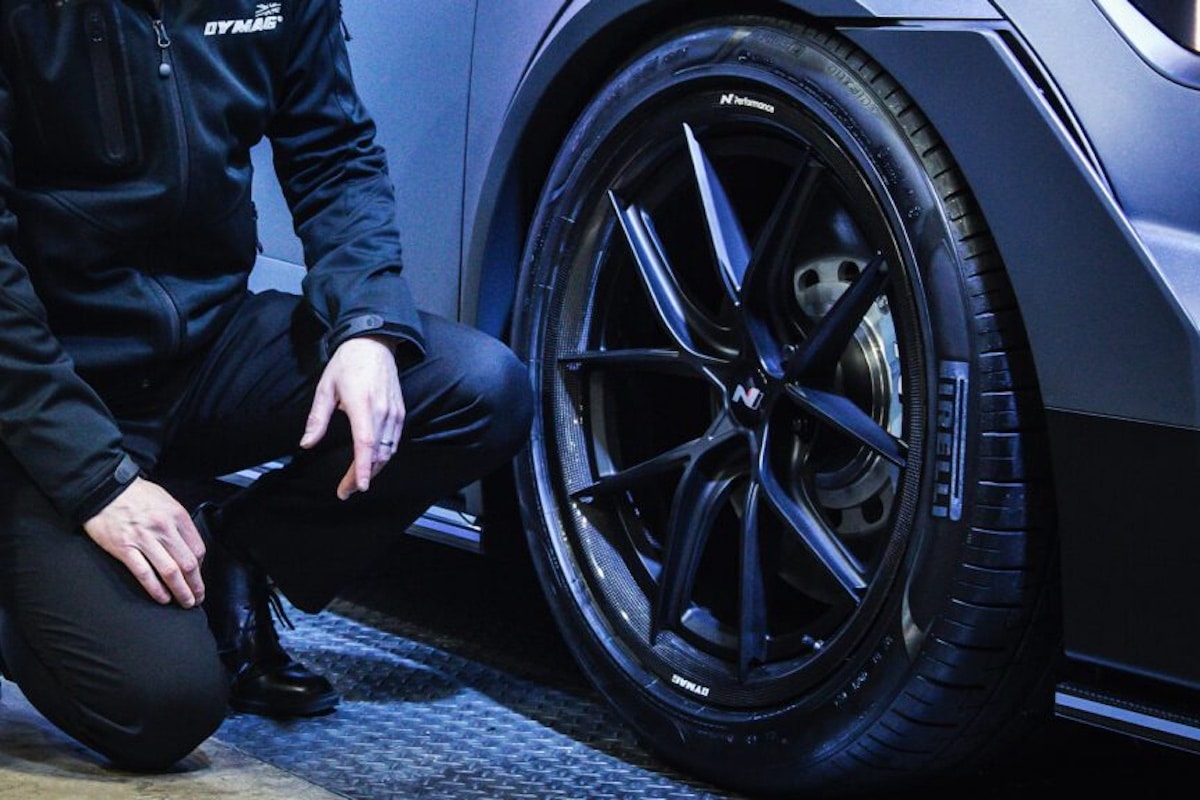Hybrid Carbon Wheels: Marketing Gimmick or Future Solution?

Carbon hybrid wheels, combining a lightweight alloy body and a carbon fiber rim, are gaining ground in the automotive sector.
The main advantage of carbon hybrid wheels, initially reserved for racing, lies in reducing unsprung mass. Depending on the vehicle type, these rims can weigh up to 50% less than a standard alloy wheel, meaning 5 to 8 kg less per wheel on an SUV or sports sedan. This reduction directly impacts performance: improved acceleration by 0.1 to 0.2 seconds from 0-100 km/h, braking distances reduced by 2 to 4 meters, and better suspension responsiveness thanks to lower unsprung mass. On electric vehicles, weight savings also translate to increased range, potentially by 5 to 7%, depending on wheel size and battery capacity.
Carbon’s rigidity offers better driving precision. Carbon hybrid wheels resist lateral and radial deformations better than standard alloys, which improves cornering stability and high-speed handling. Manufacturing tolerances require strict control: a lamination defect or a weak point in the composite can cause cracks or failure under extreme shocks.
The main drawbacks remain cost and maintenance. Carbon hybrid rims require sophisticated molding and polymerization processes, making them several times more expensive than alloy wheels. Significant impacts can render the wheel irreparable, and compatibility with certain tire configurations or electronic control systems may require specific adaptations.
DYMAG demonstrates the practical application of this technology. The company developed carbon hybrid wheels for the IONIQ 5 N, allowing for 6 kg savings per wheel and improved suspension responsiveness. This project proves the industrial feasibility and safety of the concept, while enhancing the dynamics of both combustion and electric vehicles.
You might be interestedin this article:
Carbon hybrid wheels represent a necessary compromise between performance, innovation, and industrial complexity. Their adoption depends on balancing dynamic gains, costs, and manufacturing requirements, but they are already a strategic technology for manufacturers seeking tangible competitive advantages.
ALSO READ: Lexus and steer-by-wire: a revolution at the wheel
This page is translated from the original post "Roues hybrides en carbone : simple stratégie marketing ou véritable solution d’avenir ?" in French.
We also suggestthese articles:
Also read






